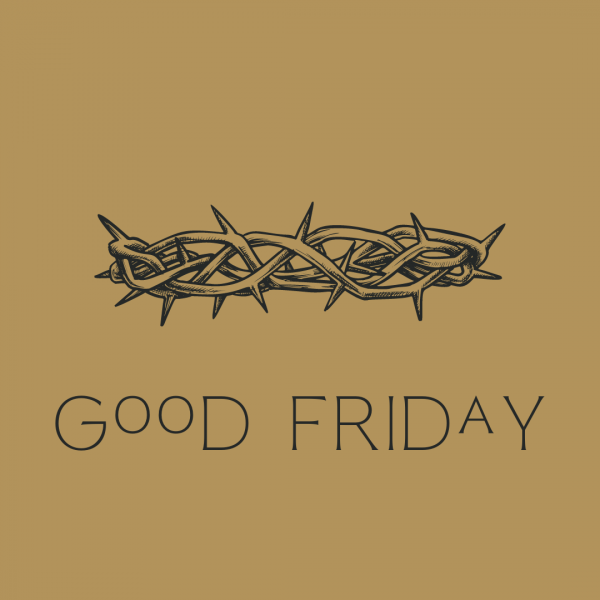Friday, April 7: He descended to the dead

He descended to the dead
The stripping of the altar on Maundy Thursday is ends by extinguishing the sacristy lamp.
The sacristy lamp is the candle above the aumbry where blessed bread and wine from the Eucharist are stored. The light from the candle represents the presence of Christ. At the end of the Maundy Thursday service, the bread and wine are removed. The light goes out. The aumbry is empty on Good Friday, representing the death of Christ.
Most years, though, we struggle to put out the sacristy lamp. The room is dark, so it is hard to see. The lamp is high and hard to reach. Often when we think we have put out the flame, it sparks back to life. The light wants to keep shining.
The Nicene Creed confesses that something happened between "He suffered death and was buried," and "On the third day, he rose again." The light of Christ - absent from the world for a time - was not fully extinguished. "He descended to the dead." The light was still shining, even though the world could not see it.
The scriptures do not describe fully what this means. The gospels do not say what happened. To early Christians, though, it was only logical. In his death, Christ Jesus redeemed the whole creation - the living and the dead, things visible and invisible, the past and the future.
As we remember today that Jesus suffered death and was buried, we remember also his descent to the dead. Jesus went to the lowest, most desolate parts of creation and brought light. Join us today (Good Friday) at noon or 6:30 to remember his death, on Saturday at 9:30 to remember his burial, and on Saturday at 6:30 or Sunday at 9 or 11 to celebrate his resurrection.